Presenting the fifth and final part (1 – 10) of the five part article series highlighting the 50 best films that Hollywood has produced over the last hundred years or so.
Read the first part here (41 – 50)
Read the second part here (31 – 40)
Read the third part here (21 – 30)
Read the fourth part here (11 – 20)
10. Sunset Blvd. (1950)
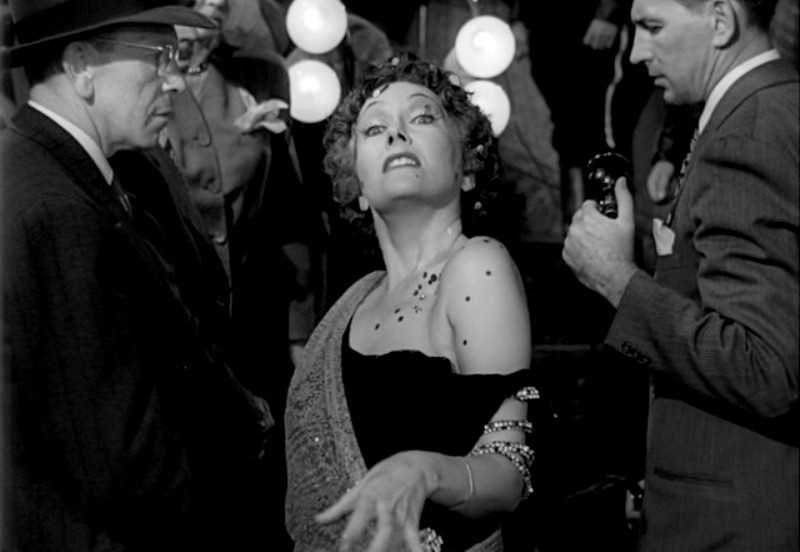
This Billy Wilder classic is the greatest satire ever on the movie industry. Wilder’s mastery over his art is apparent in each and every frame of the film. Sunset Blvd. revolves around a washed up silent-era star, Norma Desmond, who refuses to come to terms with the reality that her days are long gone. She resides in a Gothic mansion and continues to live a fantasy as she takes a young screenwriter as her lover (subtly played by William Holden). Gloria Swanson’s portrayal of Norma Desmond till date remains one of the greatest portrayals in the history of cinema. The fact that Swanson herself was a silent-era star adds another layer to the movie. An actor seldom gets so close to playing oneself on the celluloid. Erich von Stroheim who plays Norma Desmond’s devoted servant Max was himself a famous director during the silent-era. The film also features a brief appearance from the legendary filmmaker Cecil B. DeMille who plays himself. Gloria Swanson’s famous “All right, Mr. DeMille, I’m ready for my close-up” is one of the iconic lines in movie history and when Norma Desmond takes that slow walk towards the camera it’s really the closest one can get to the idea of meta-cinema.
Watch the iconic scene here
9. The General (1926)
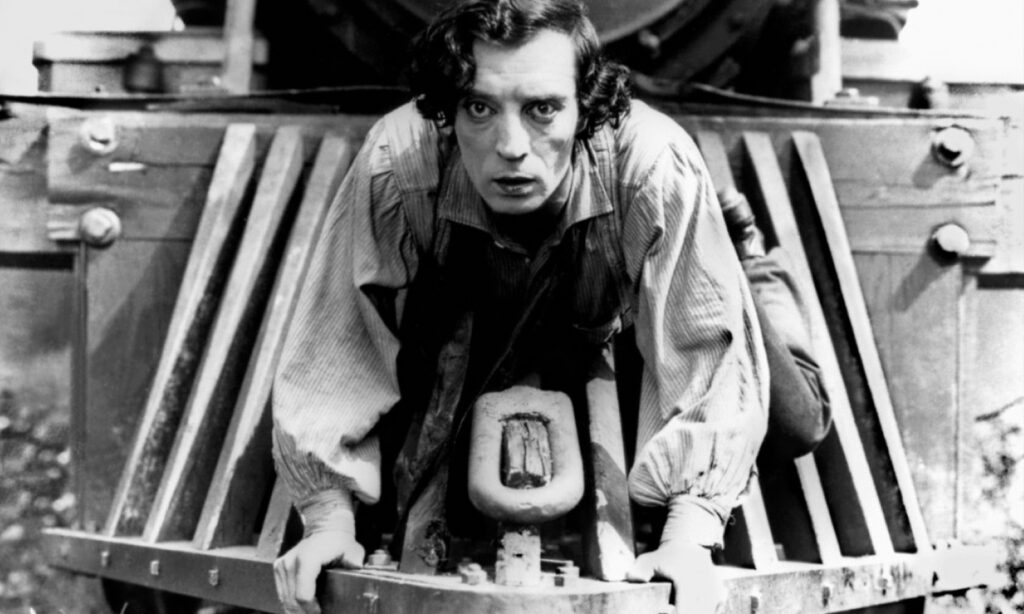

This Buster Keaton classic, directed by the legendary Clyde Bruckman and Keaton himself, is a fun-filled adventure that happens to be one of the most seminal Hollywood movies ever. The General is particularly famous for its iconic train sequence which happens to be the most expensive scene in the history of silent films. Chase sequences choreographed by the great Buster Keaton have gone on to inspire filmmakers like Steven Spielberg and continue to inspire young and upcoming filmmakers.
Watch the epic train scene here
8. The Birth of a Nation (1915)
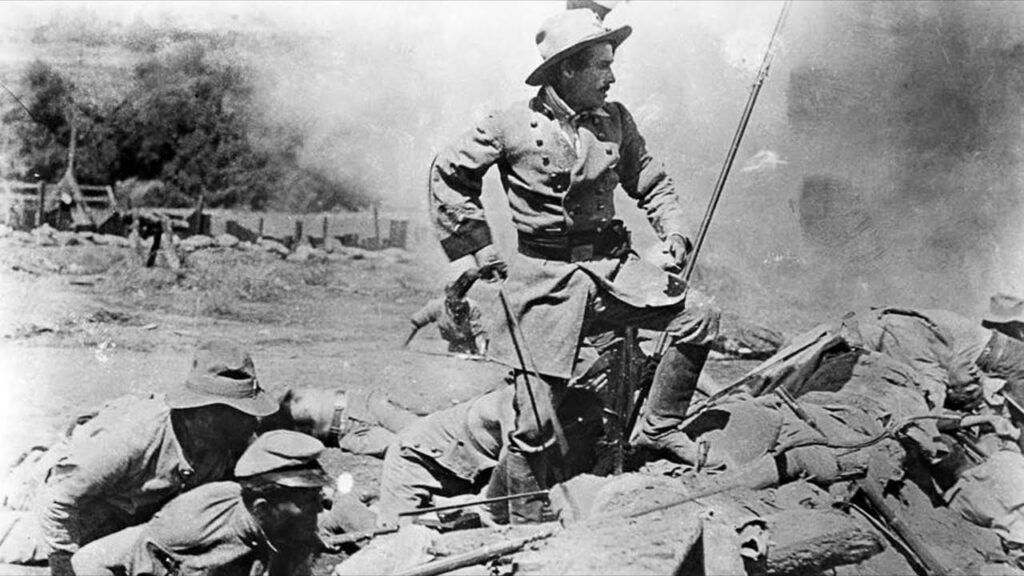

This D.W. Griffith-directed movie started it all. This was the first major step towards making of the movies the way we see it and it not only inspired the American filmmakers but also aspiring filmmakers across the globe. To quote the American film critic James Agee, “He [Griffith] achieved what no other known man has achieved. To watch his work is like being witness to the beginning of melody, or the first conscious use of the lever or the wheel; the emergence, coordination and first eloquence of language; the birth of an art: and to realize that this is all the work of one man.” Griffith’s contribution to cinema is unparalleled and The Birth of a Nation was undoubtedly his magnum opus. The film is often criticized for its racist undertones and the portrayal of American history. But it is undeniably one of the most influential movies ever made. The film is included in American film critic Roger Ebert’s list of Great Movies. “Griffith demonstrated to every filmmaker and moviegoer who followed him what a movie was, and what a movie could be. That this achievement was made in a film marred by racism should not be surprising. As a nation once able to reconcile democracy with slavery, America has a stain on its soul; to understand our history we must begin with the contradiction that the Founding Fathers believed all men (except black men) were created equal,” Ebert wrote in his review. In the year 1992, the U.S. Library of Congress deemed the film “culturally, historically, or aesthetically significant” and selected it for preservation in the National Film Registry. The Birth of a Nation is also included in American Film Institute’s 100 Greatest American Movies Of All Time.
7. The Godfather Trilogy
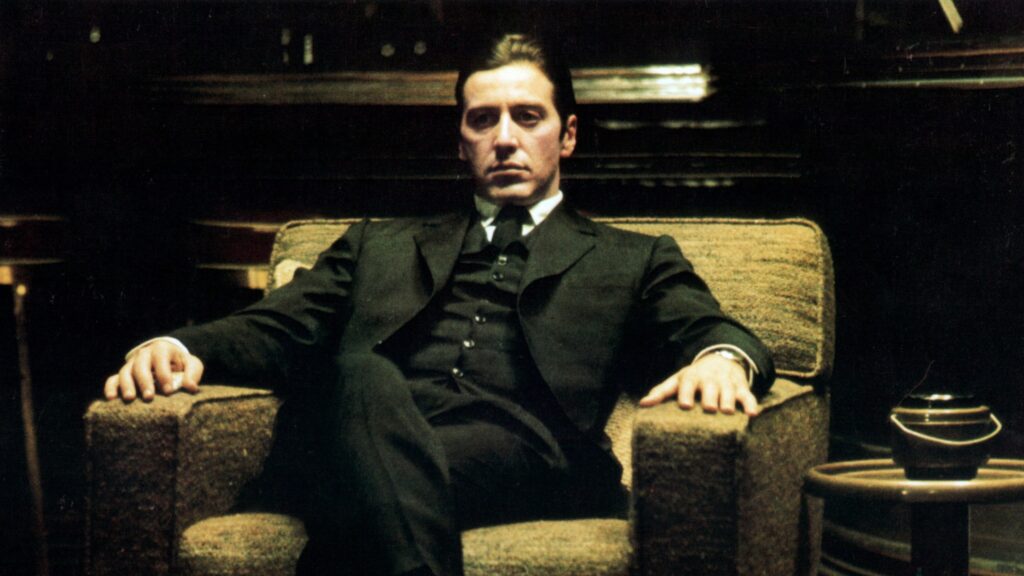

While The Godfather (1972) and The Godfather: Part II (1974) are universally hailed as masterpieces, The Godfather: Part III (1990) never really gets the same respect. But, if one looks as the The Godfather trilogy we would learn that it is a continuation of the same story, the family saga of the Corleone crime family. The trilogy basically is about Michael Corleone’s journey from being a war veteran to becoming the most feared don in the American mafia. This is a story of his journey to the dark side and the price he ends up paying for his sins.
6. Lawrence of Arabia (1962)
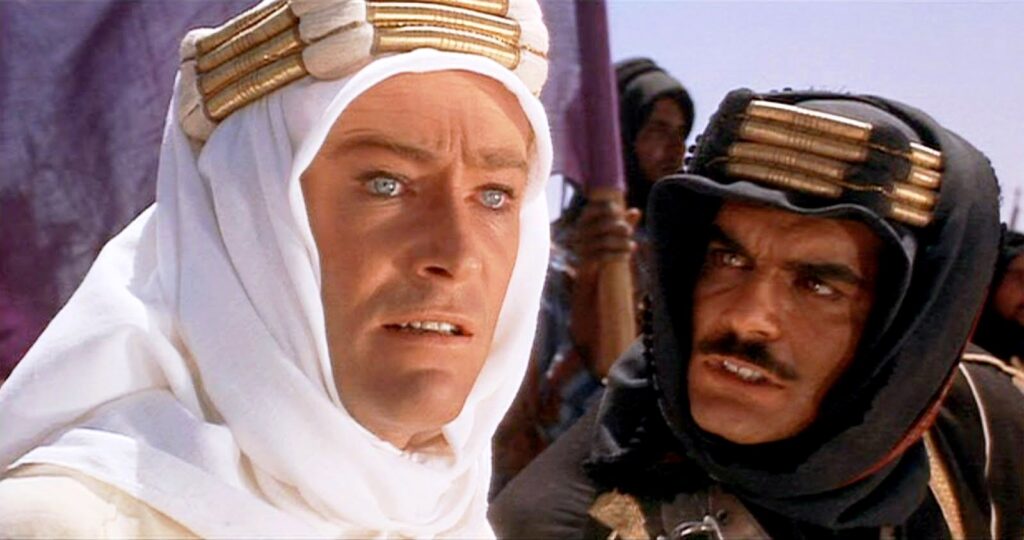

This David Lean classic is undoubtedly the greatest epic of all time. The film is a testament to Lean’s cinematic vision. Apart from its apparent plot which focuses on a British officer whose affinity towards the Arabs makes him an international hero, Lawrence of Arabia is a film that serves as one of cinema’s greatest character study that shows us how easily power can corrupt men. Let’s consider Sherif Ali’s character, which is really the story’s moral compass, essayed by the legendary Egyptian actor Omar Sharif. Ali is introduced as a brute and a barbarian who kills a fellow Arab, belonging to another tribe, simply because he drinks water from his well. The titular character T.E. Lawrence, a British Army lieutenant played by the great Peter O’Toole, treats Ali with utmost contempt for the ghastly act. But as the narrative progresses we see that Ali is still the same man but those around him begin to take darker turns. Interestingly, there is a scene towards the end when Ali mocks Lawrence, following the latter’s participation in a bloodbath, reminding him that he has lost the moral high ground to ever lecture him on morality again. It’s really a great moment to understand how futile it is to judge someone else’s deeds. And to appreciate the scene even more it’s important to understand that Lean was setting us up for this moment right from the time Ali meets Lawrence the very first time in the film at the well. Now, Ali’s black dress may have little to do with his clouded sense of morality and more to do with Lean needing a darker color dress to make Ali stand apart in the film’s epic mirage sequence (unarguably the greatest character introduction in all cinema) but as viewers we see a great contrast between Ali’s black dress and Lawrence’s white one. During Lawrence’s involvement in that bloodbath the white gets smeared in blood. And, in the process, Lawrence also loses the moral high ground he once used to have.
Watch this video essay on how Lean created Ali’s epic entrance sequence
5. Vertigo (1958)
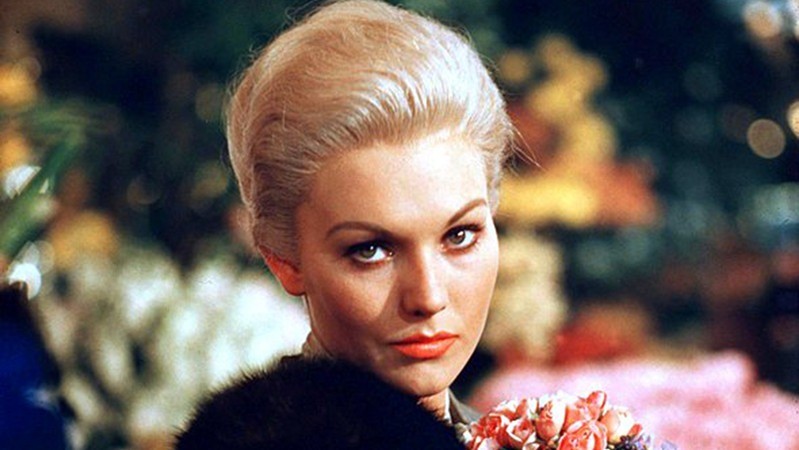

What can be said of a movie that finally toppled Citizen Kane after five decades of supremacy in the Sight & Sound critics’ poll? Here is a timeless film by the Master of Suspense Alfred Hitchcock that can best be described as a masterpiece of fear and fetish. The film introduced the Dolly zoom aka the Vertigo Effect to the world of movies. The film was a commercial failure and ended Hitchcock’s long association with James Stewart. Hitchcock blamed Stewart’s aging looks for the film’s failure. But anyone who watches Vertigo can can’t help but praise Stewart’s magnificent performance and the electrifying chemistry that he shares with Kim Novak in the film. It is the age difference between the between Stewart (50) and Novak (25) that gives their chemistry a rather promiscuous tone that ultimately elevates the film to an entirely different dimension.
4. Casablanca (1942)
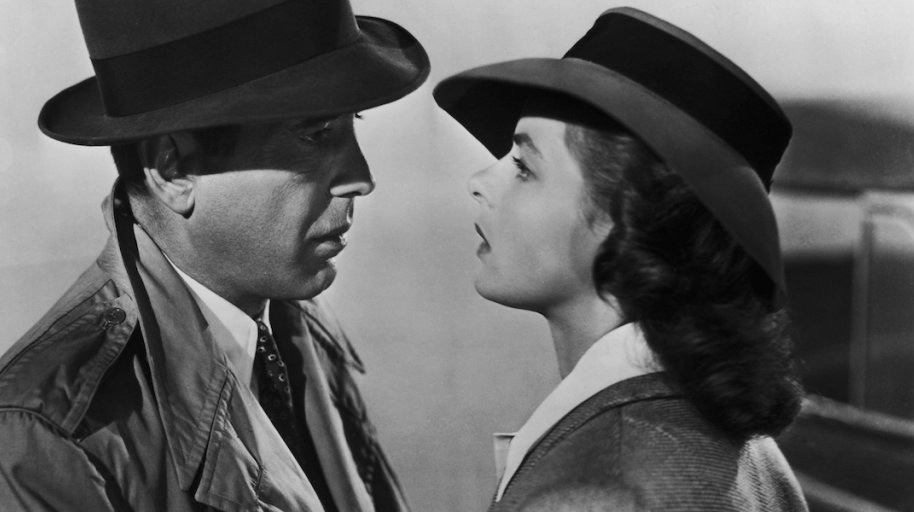

Often described as the best love story ever told, Michael Curtiz’ Casablanca is a cinematic classic in every sense of the word. Humphey Bogart’s famous “Here’s looking at you, kid” is one of the most romantic lines in all cinema. Everything is so perfect about Casablanca—whether one talks about its WWII setting or the casting or its totally unexpected ending. While the romance between Rick and Ilsa, the characters played by Bogart and Ingrid Bergman, respectively, is central to the film, Casablanca is also about heroism and sacrifice. One can just never get tired of watching Bogart and Bergman together in this film. And Claude Rains as Captain Renault, Dooley Wilson as Sam (the pianist who croons ‘As Time Goes By’), Conrad Veidt as Major Strasser, Paul Henreid as Victor Laszlo, Peter Loore as Ugarte, and Sydney Greenstreet as Signor Ferrari are equally unforgettable.
Watch Dooley Wilson’s Sam playing ‘As Time Goes By’ in Casablanca here
3. Psycho (1960)
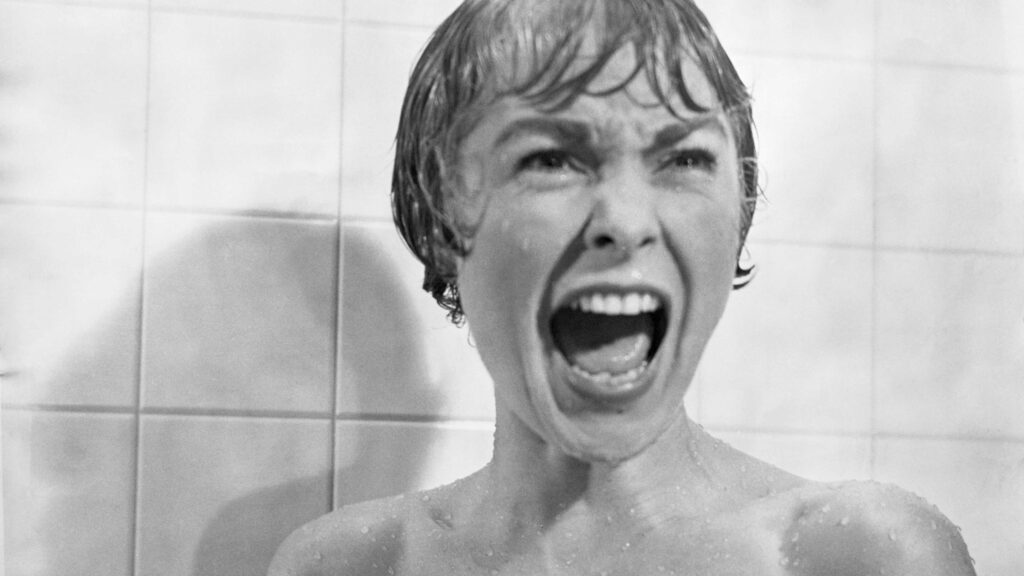

This Alfred Hitchcock-directed psychological horror thriller is widely regarded as a masterwork of cinema. The film is an adaptation of Robert Bloch’s novel of the same name, which itself is inspired by a Wisconsin-based murderer and body snatcher. This film is certainly not meant for the faint-hearted. While Psycho is famous for several interesting new tropes that Hitchcock introduced such as killing the main character in the first half of the film, there are few things more influential in all cinema that the film’s terrifying shower scene which best demonstrates Hitchcock’s unparalleled mastery over film editing. The scene, which took a whole week to film (a third of film’s shooting schedule), required 78 camera setups and 52 cuts spread across 45 seconds of screen time (played to Bernard Herrmann’s spine-chilling background score called ‘The Murder’) that shook the world. In the scene a woman is brutally stabbed to death while taking a shower by a mysterious assailant but there’s hardly any nudity. In fact, the knife is never really seen touching the woman’s body and yet we do witness a murder—one that only can be manifested cinematically. A documentary film titled ‘78/52‘ describes the shower sequence as ‘the single most iconic and significant scene in the history of motion picture arts and sciences.’
Watch the spine-chilling shower sequence here
2. Citizen Kane (1941)
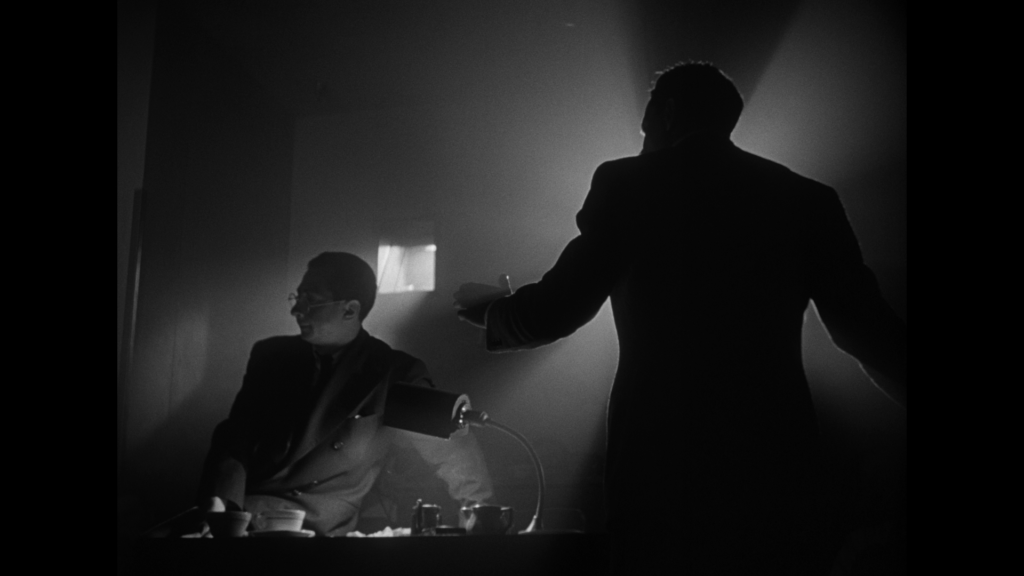

This Orson Welles-directed film is often touted as the greatest film ever made. It’s a marvel of technical brilliance (overlapping dialogue, Gregg Toland’s deep focus black & white cinematography, low-angle shots, etc) and cinematic storytelling (non-linear narrative, elliptical editing, multiple points of view, etc). After holding on to the numero uno spot in the Sight & Sound poll of critics on five consecutive occasions, Citizen Kane finally made way for Alfred Hitchcock’s masterpiece of fear and fetish, Vertigo, in the 2012 poll wherein Citizen Kane still managed to hold on to the second spot. Citizen Kane presents a biographical account of a newspaper tycoon and business magnate, Charles Foster Kane—a fictitious character loosely based on the life of American media mogul William Randolph Hearst. Hearst was not too impressed by the way movie touched upon his private life and took it upon himself to destroy the film. The 25 year old Welles was apparently booed by the Hearst supporters when he came to receive the Academy Award for the Original Screenplay. The film was nominated in eight other categories including Best Picture, Best Director and Best Actor but its cinematic brilliance wasn’t acknowledged because of the controversy that surrounded it. Today, more than seven decades later, Citizen Kane continues to be looked upon as the pinnacle of cinematic brilliance.
Filmmaker Peter Bogdanovich on the technical and storytelling brilliance of Citizen Kane
1. 2001: A Space Odyssey (1968)
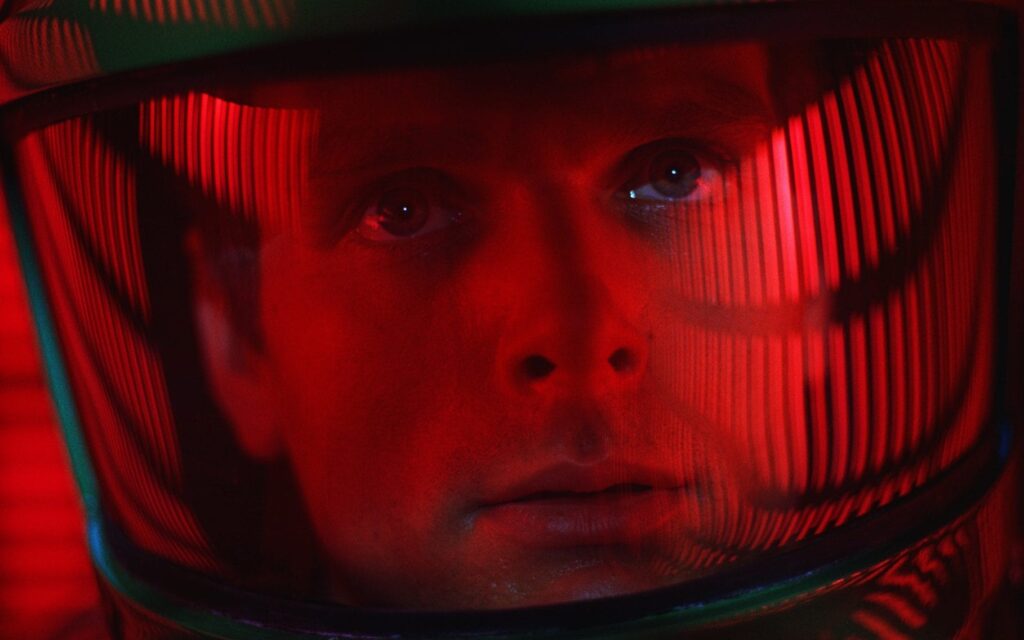

This Stanley Kubrick magnum opus is not just hailed as the greatest Sci-Fi film ever made but it is also one of the greatest movies of all time. The film is Kubrick’s tribute to the endless uncertainties of the universe. In 2001: A Space Odyssey, Kubrick shows us our distant past and not so distant future and he does so with the mastery of an artist working at the height of his powers. Here is a film that requires multiple viewings in order for us to true appreciate it. The late American film critic Roger Ebert eloquently summed up what Kubrick achieved with the film, “The genius is not in how much he does in ‘2001: A Space Odyssey,’ but in how little. This is the work of an artist so sublimely confident that he doesn’t include a single shot simply to keep our attention. He reduces each scene to its essence, and leaves it on screen long enough for us to contemplate it, to inhabit it in our imaginations.” Such was the level of meticulousness involved that Kubrick actually two hired NASA scientists—Fred Ordway as the science advisor and Harry Lange as the production designer—to lead the movie’s modeling team. Lange’s 2-D sketches were transformed into actual models by Anthony Masters. The film played an instrumental role in reinventing the Sci-Fi genre in the world of cinema. The groundbreaking technological advancements—including the unprecedented use of Front projection, employed through the means of Retroreflectors and Mattes, in cinema—unleashed in the film paved the way for a whole new type of cinema that began to rely heavily on special effects, thereby paying the way for the future of filmmaking. Sadly, Kubrick passed away in the year 1999, just a year before the world would enter the century he made famous through his magnum opus.
Watch this seven part video essay on how Kubrick pioneered the use of special effects in cinema through 2001: A Space Odyssey
Read the first part here (41 – 50)
Read the second part here (31 – 40)
Read the third part here (21 – 30)
Read the fourth part here (11 – 20)
Tell us what you think of our Top 50 list. Please do leave your thoughts in the comments section below.

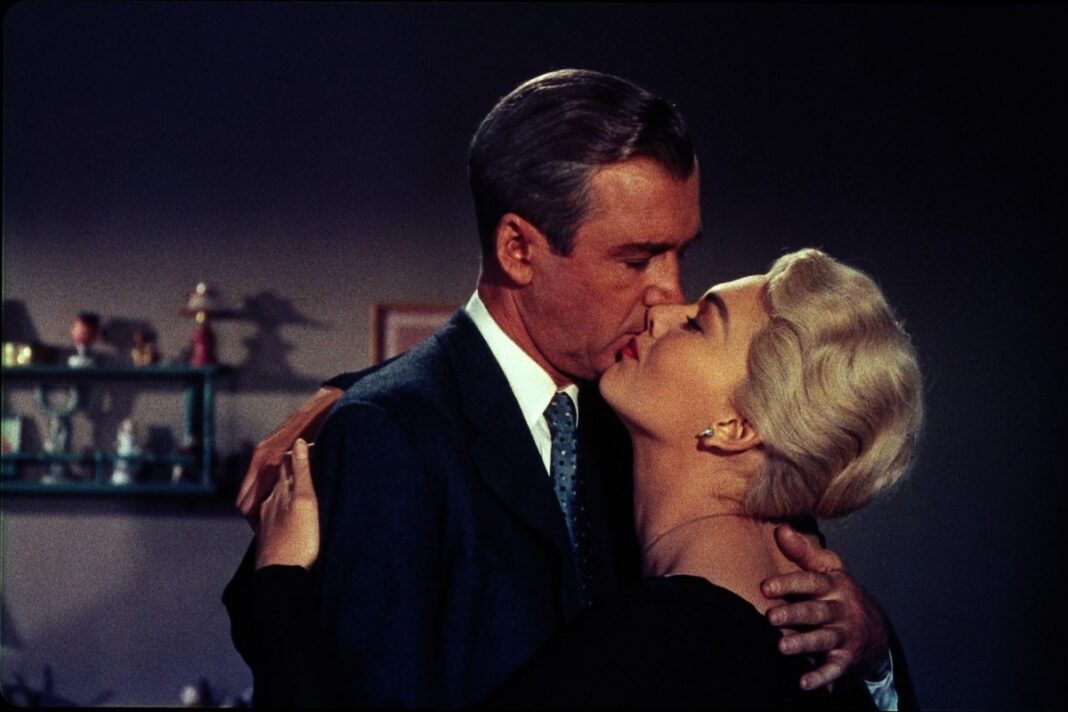


Excellent collection indeed for lovers of cinema